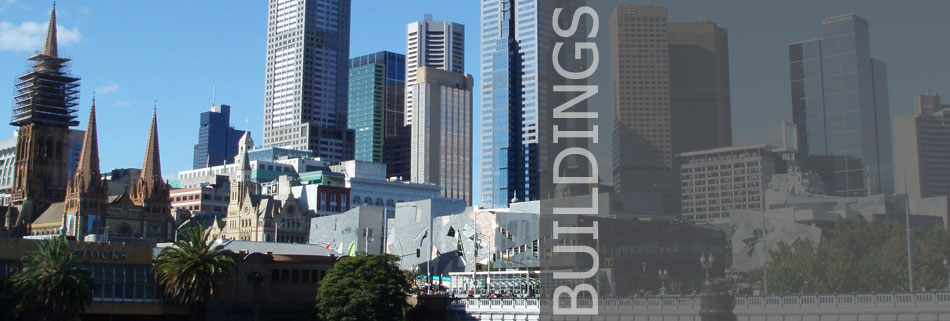Fire Rating Resistance
Fire Ratings
Fire barriers and separations perform a very important function in the overall fire safety of a building. In the event of a fire, care needs to be taken in the design, specification, attention to documentation and installation of these systems. The design of the fire barriers must also be suitable for the type, number and size of products selected, along with the overall size of the penetration, substrate being penetrated and orientation of it.
In Australia and New Zealand, fire-resistant systems are required to be tested in accordance with AS 1530.4: Methods for fire tests on building materials, components and structures – Fire-resistance test of elements of construction. They achieve a fire resistance rating based on this test result.
The rating is stated in minutes in the form of example120/120/120.
The first number relates to the structural 'Stability' of the tested building element.
The second to the 'Integrity' of the fire rated seal. This relates to the time required before the Flame, Smoke or Toxic gases (or any combination) can break though the seal.
The third is the 'Insulation' rating. This is in relation to the non-fire side of the fire rated separation reaching a maximum temperature of 165 Deg C.
Our products follow these classifications:
- A Classification
- H Classification
- J Classification
- Pressure (Water)
- Gas Tight Certified
- Shock / Blast Ratings
IMO Classifications
‘A’ classifications
‘A’ classifications refer to a cellulose temperature range with a maximum temperature of 950 degrees Celsius with a graduated temperature increase curve over a period of time.
The numbers that follow these letters are the minutes required for the integrity of sealing flame, smoke, toxic gases and insulation.
The insulation rating fails when the unexposed face or side reaches 180 degrees Celsius.
Where there is a ‘0’ after the ‘A’, means the flame, smoke and toxic gases must be contained for 60 minutes, but the insulation rating is allowed to rise above the designated 180 degrees.
‘H’ classifications
‘H’ classifications refer to a Hydrocarbon temperature range with a maximum of 1150 degrees Celsius with a very quick temperature increase curve over a period of 120 minutes.
The numbers that follow these letters are the minutes required for insulation rating only. The integrity of sealing off the flame, smoke and toxic gases is still 120 minutes
The insulation rating fails when the unexposed face or side reaches 180 degrees Celsius.
Where there is a ‘0’ after the ‘H’, means the flame, smoke and toxic gases must be contained for 120 minutes, but the insulation rating is allowed to rise above the designated 180 degrees.
‘J’ classifications
‘J’ classifications refer to a Jet-Fire temperature range according to ISO 22899, Part 1. The temperature is 1200 degrees Celsius immediately from start to completion under load (360kph velocity) from a jet nozzle at one meter from the penetration.
The ‘60’ or ‘120’ after the letter ‘J’ refers to the minutes the system must maintain its integrity.
Blast/Shock load ratings
This refers to an overpressure due to an incident cause by an explosion or rupture to a pressurised vessel that could cause damage to a fire seal.
Pressure ratings
This refers to a continuous hydrostatic pressure test for a period of time for water tightness. It may also relate to a helium pressure test for gas tightness.



